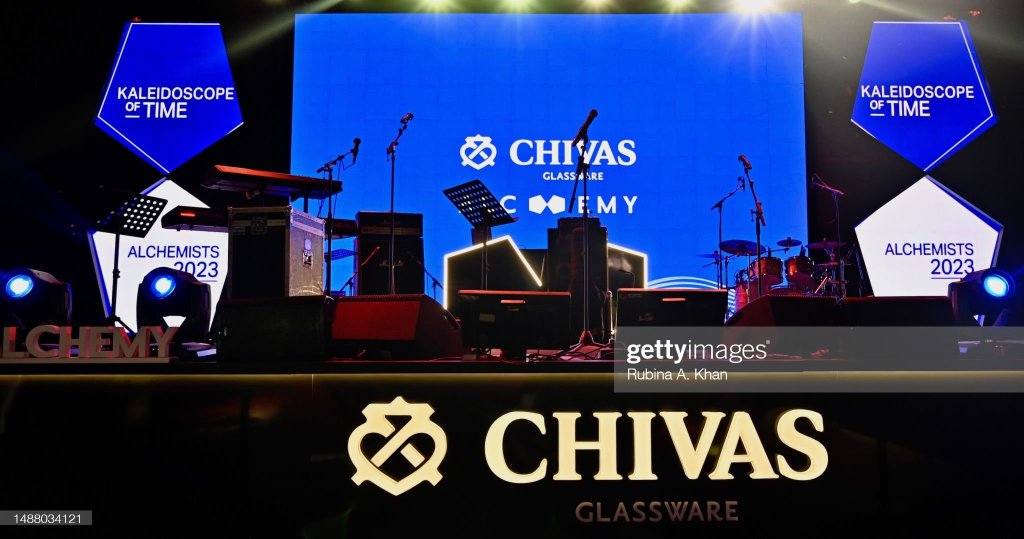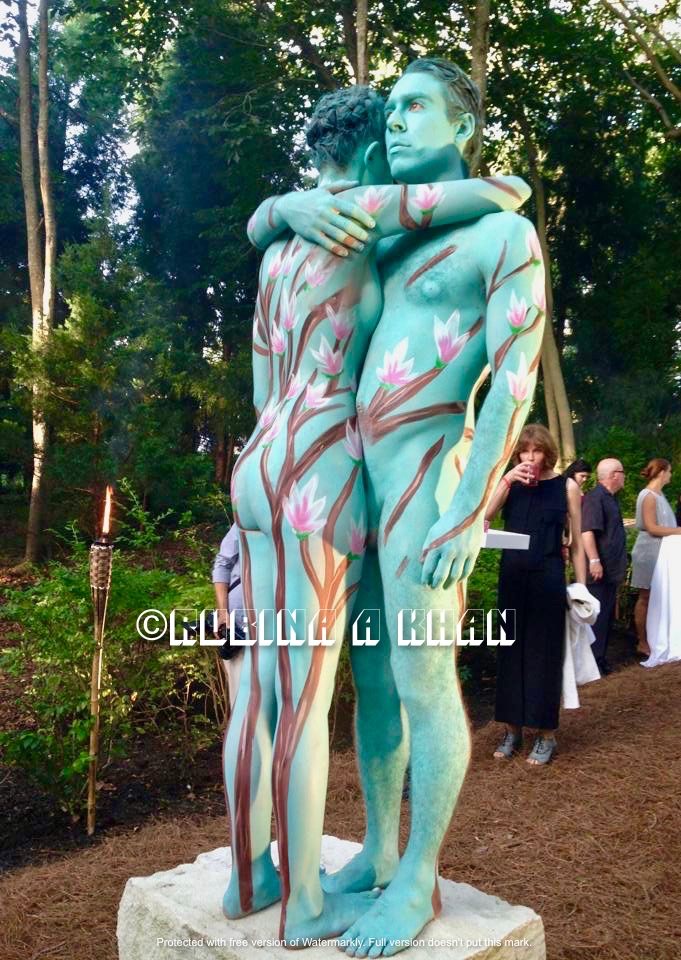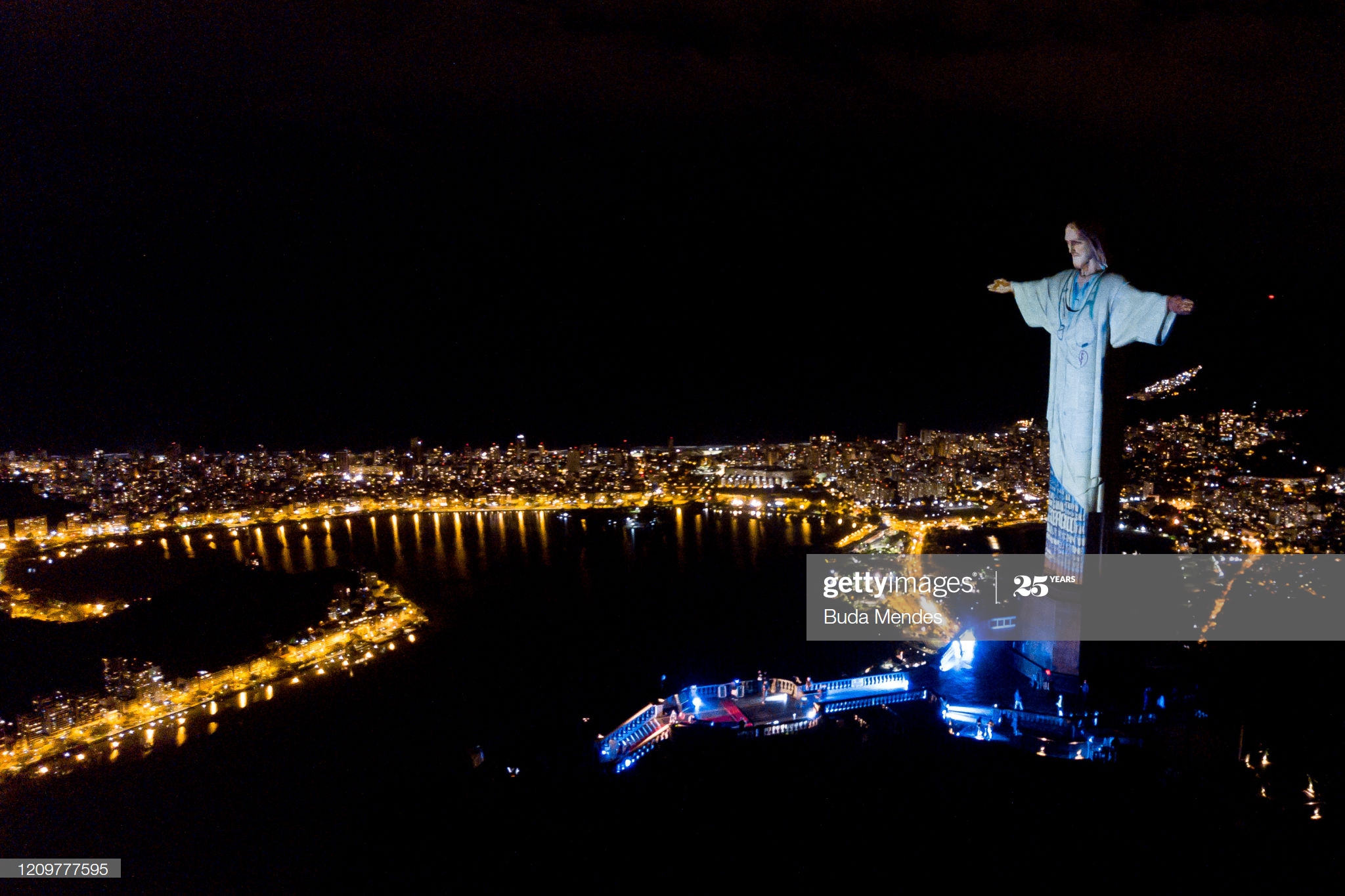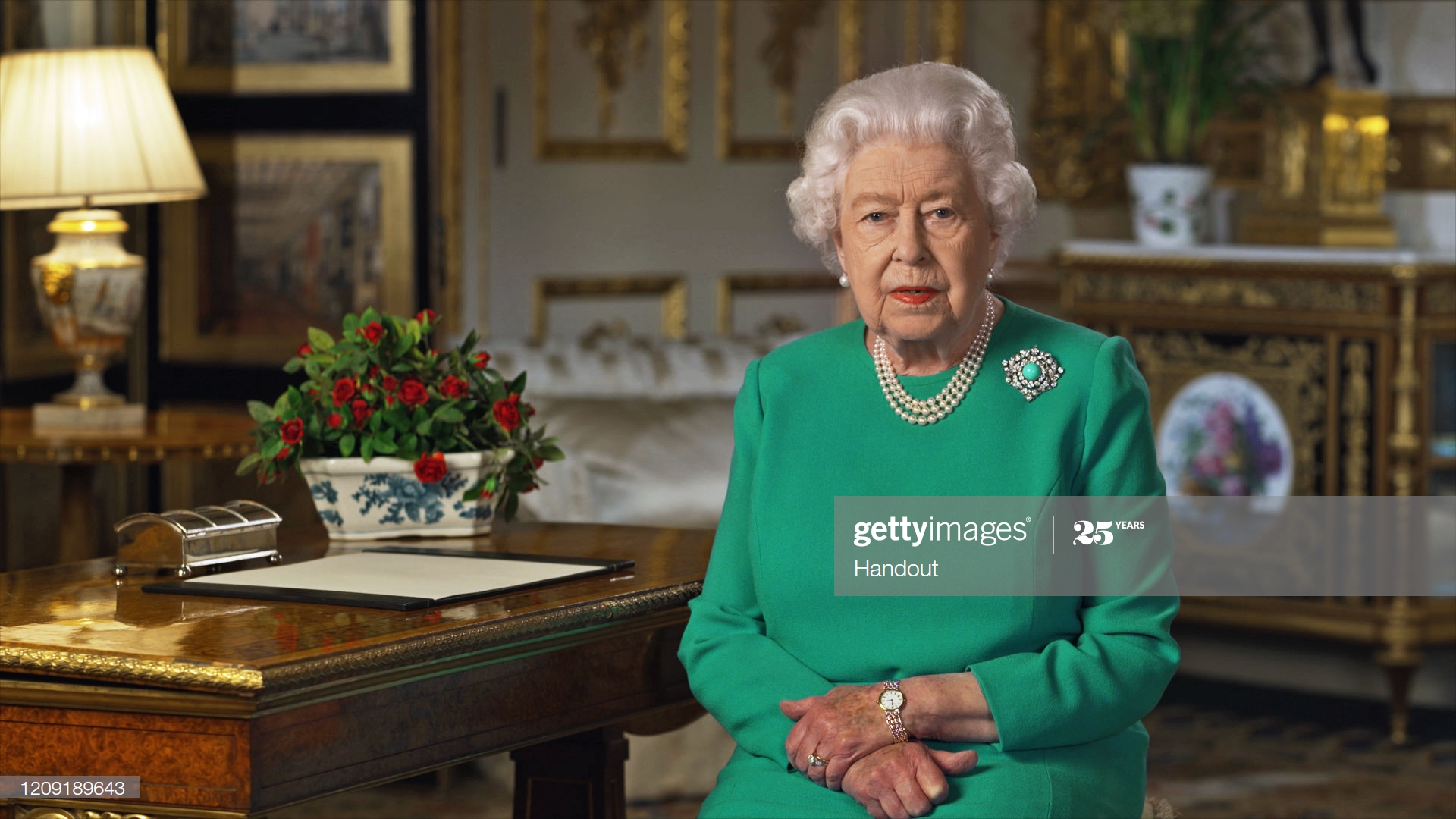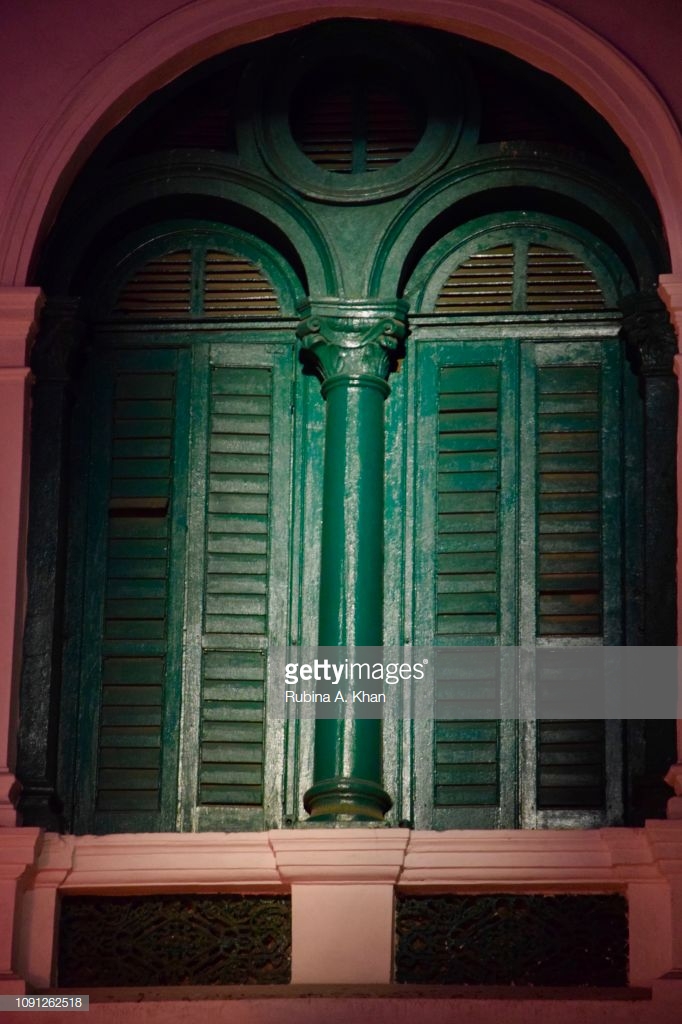DECEMBER 1, 2023
Humanity is but an amalgamation of ancient cultures, of the good and the great, but not without the bad and evil either. Modern histories on the other hand, are stories of yesterdays told today, with enchanting whimsy and hope, a great example being The Railway Men – The Untold Story of Bhopal 1984 on Netflix. Celebrating ancient cultures with Mediterranean sculptures is a new exhibit at the Chhatrapati Shivaji Maharaj Vastu Sangrahalaya in Mumbai, India called Ancient Sculptures: India Egypt Assyria Greece Rome from December 2nd, 2023 to October 1st, 2024.
MUMBAI: A new exhibition, a first of its kind, Ancient Sculptures: India Egypt Assyria Greece Rome opens on December 2nd, 2023 at the Chhatrapati Shivaji Maharaj Vastu Sangrahalaya (known as the Prince of Wales Museum of Western from 1905-1998) in Mumbai, India. The Ancient Sculptures exhibit explores why we must look at, and look int our ancient connected world, with curators from CSMVS, Staatliche Museen zu Berlin, The British Museum and The Getty Museum coming together to tell the stories of shared cultures. They have chosen sculptures to be exhibited alongside objects from Indian institutions at the exhibit which commences on December 2nd and goes on till October 2024. The objects on display were chosen by the curators at CSMVS in Mumbai that add to the cultural and historical significance of the stories of India’s rich antiquity, making for compelling storytelling from ancient Greece and Rome. The Indian public will be able to view historical artistic achievements of the ancient Mediterranean with India’s very own cultural treasures for the first time at CSMVS.
Sekhmet: Goddess of Destruction; Mottled granodiorite, Thebes (modern Karnak),
Egypt; c. 1390-1352 BCE ©Trustees of The British Museum, London, United Kingdom.
A panel discussion at CSMVS on opening day, on December 2nd at 5:30pm, has been organised with primary support from Getty, called Why Ancient Sculptures Matter(s) – A conversation on the making of Ancient Sculptures: India Egypt Assyria Greece Rome. Joyoti Roy, Project Curator of Ancient Sculptures (Curator Art, CSMVS) and Nilanjana Som, Curator Ancient Sculptures (Curator Art, CSMVS) will be in conversation with Professor Dr Andreas Scholl, Director of Staatliche Museen zu Berlin (Berlin, Germany) and Dr Thorsten Opper, Curator Greek and Roman Sculpture, The British Museum (London, UK) moderated by Renuka Muthuswami, Curator Ancient Sculptures, CSMVS on the day.
The museum was named the Prince of Wales Museum of Western India to honour HRH the Prince of Wales, as had laid the foundation stone of the museum building on November 11, 1905 in Mumbai. The Prince of Wales went on to become George V, King of the United Kingdom and the British Dominions, and Emperor of India, from May 6th, 1910 until his death in 1936. George Wittet, a Scottish architect, was selected through an open competition to design the museum building in 1909 and the construction of the building was completed in 1914. The magnificent Indo-Saracenic architectural style of the museum building embodies elements from Hindu, Islamic and Western architecture. Interestingly, during World War I in 1914, the building was used as a military hospital and named Lady Hardinge War Hospital, and it was used as a hospital again during the influenza pandemic from 1918-1920. The museum as we know it today, was opened to the public 17 years after its ideation and construction, on January 10, 1922 in Mumbai. Wittet also designed the Gateway of India to commemorate the landing of George V, the first British monarch to visit India, for his coronation as the Emperor of India in December 1911. George V had visited India earlier in 1905 as HRH the Prince of Wales, becoming monarch in 1910.
Ancient Sculptures: India Egypt Assyria Greece Rome is on from December 2nd, 2023 to October 1st, 2024 from 10:15 AM to 6:00 PM at the Chhatrapati Shivaji Maharaj Vastu Sangrahalaya: 159-161, Mahatma Gandhi Road, Kala Ghoda, Fort, Mumbai, Maharashtra 400001.
MUMBAI: The Railway Men – The Untold Story of Bhopal 1984 released on Netflix on November 18th, 2023. The series is a spine-chilling, heart-wrenching portrayal of a catastrophic massacre of human life – the Bhopal gas tragedy in India in 1984 and the Sikh genocide in the same year. A 45 ton methyl isocyanate gas leak on December 2nd, 1984, from the US-owned chemical firm, Union Carbide Corporation’s pesticide plant set up in Bhopal, Madhya Pradesh in 1969 as Union Carbide India Limited, killed thousands of people instead of the agricultural pests and insects it was supposed to. The chemical leak from the plant occurred due to substandard operating and safety procedures and understaffing at the plant. The four-part limited series, a cinematic tale of heroism and humanity in the face of imminent death and despair honouring the unsung heroes of the tragedy, is the first venture from Yash Raj Films’ Entertainment, the streaming content arm of Yash Raj Films. It also marks the beginning of a multi-year creative partnership between Netflix and Yash Raj Films.
R. Madhavan, Kay Kay Menon, Divyendu and Babil Khan in The Railway Men
©Yash Raj Entertainment ©Netflix
The Railway Men is an acting-led series. The series blazes through with phenomenal performances by every single actor in the series, but not without a flawless script, screenplay and dialogue, meticulously produced by YRF Entertainment and ably directed by Shiv Rawail. I loved Kay Kay Menon’s performance as Iftikhar Siddiqui, Bhopal Junction’s station master. Menon is an absolute acting masterclass in the series. You can read his face, expressive of every little human emotion and nuance, bereft of dialogue. And with dialogue, you can’t take your eyes off Menon’s railway station master act during the series. Dibyendu Bhattacharya’s performance as Kamruddin, a Union Carbide manager, is exemplary, as is Raghubir Yadav’s enactment of a train guard on the Gorakhpur-Bhopal Express. Babil Khan is terrific as the fresh and righteous locomotive driver Imaad Riaz as is Divyendu in his part as a multi-layered dacoit, Balwant Yadav. Juhi Chawla Mehta is a refined and succinct bad-ass in her portrayal of Rajeshwari Janglay, a railway bureaucrat. Sunny Hinduja is earnest and able as journalist Jagmohan Kumawat, as is Sunita Rajwar as Vijaya, a cleaning woman at the railway station. The Railway Men is an incredible series to come about from India, about India, and it is a must-watch!
Disclaimer: Any part of the content on the rubinaakhan.com website cannot be reproduced without prior permission and crediting the website and the author. The © ahead of a name is the copyright of the subject in the photograph and not shot by Rubina A Khan.
















